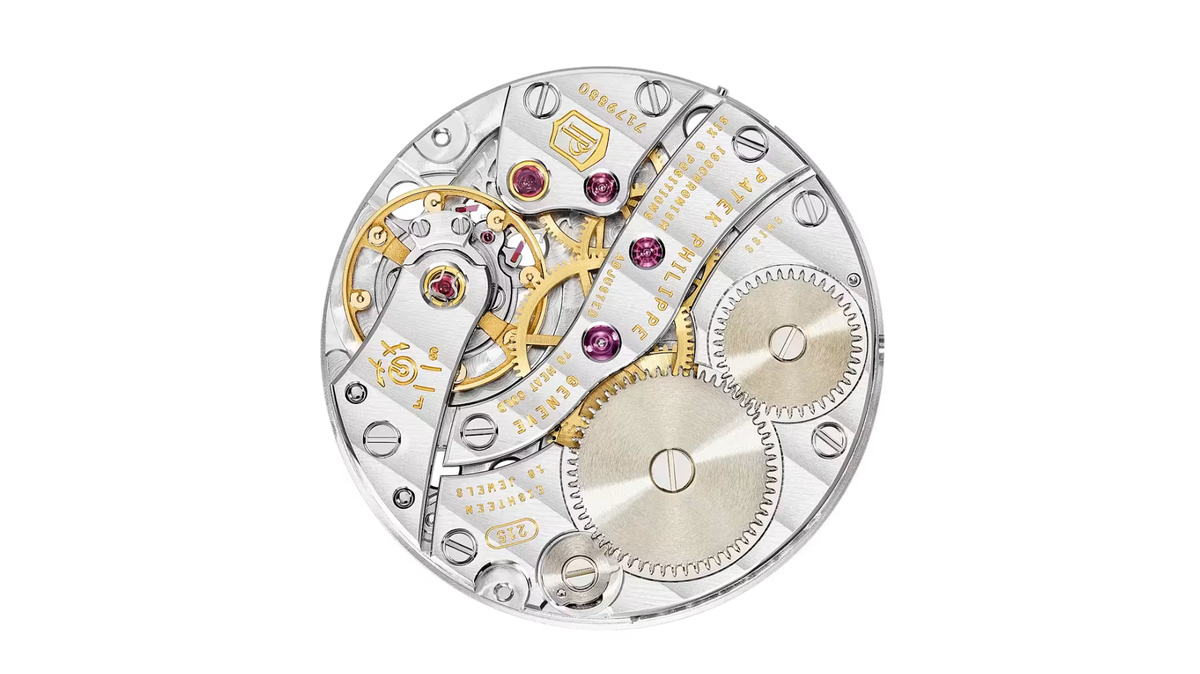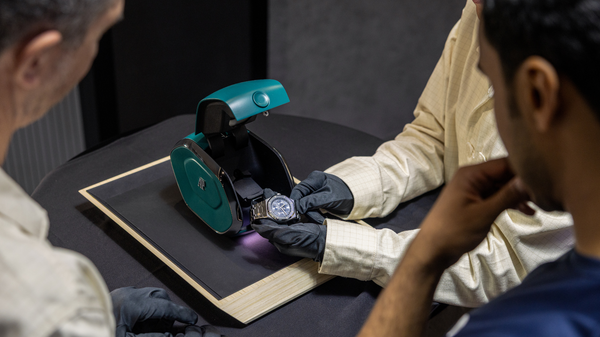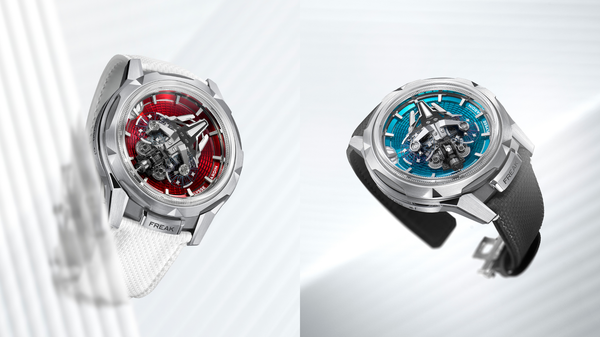What ‘In House Movement’ Really Means
To own a watch with an in-house movement is to wear the maker’s vision on your wrist and to celebrate true independence.

Step into the hushed stillness of a Swiss manufacture, where light glints off brass wheels and watchmakers bend over benches with quiet intensity.
This is where the beating hearts of some of the world’s most exceptional watches are born. Here, the phrase “in-house movement” is not marketing jargon. It is a declaration of identity.
An in-house movement is the mechanism inside a watch that makes it tick; it is designed, crafted, and assembled entirely by the brand that created the watch. It is the difference between a maison writing its own story and one relying on someone else’s words.
Every gear, spring, and jewel is imagined under the same roof, a process that can take years of development and millions in investment.
This choice matters because the movement is far more than a hidden engine. It is the watch’s soul.
Credit: Rolex
By creating its own movement, a brand controls every detail, from the way the seconds hand glides to the decorative flourishes hidden on the movement’s plates. It is mechanical poetry, expressed through precision.
Many fine watches use reliable movements from outside specialists, and these can perform beautifully. Yet an in-house movement offers something more: a sense of character, exclusivity, and independence.
Consider Rolex, whose Perpetual movements are celebrated for their robustness and accuracy, or Patek Philippe, whose Calatrava calibres are hand-finished with a devotion that borders on the obsessive.
These are not just engines; they are signatures, unique to their makers and created to endure for generations.
Look through the sapphire caseback of such a timepiece and you will see the brand’s philosophy come to life. The bridges are hand-finished, catching the light with a jeweller’s gleam, the rotor carries the maison’s crest, and the balance wheel beats with a rhythm chosen by its creators.
It is not simply a piece of engineering; it is a work of art and a testament to independence.
For the collector or enthusiast, this is what makes an in-house movement so compelling. It is not merely about owning a watch that keeps time but about owning one that tells a story of innovation, of heritage, of a team of master craftsmen who chose the more difficult path to create something truly their own.
When you hear that a timepiece houses an in-house movement, you are being invited into the brand’s world, to wear on your wrist a creation that is entirely, unmistakably, theirs.




